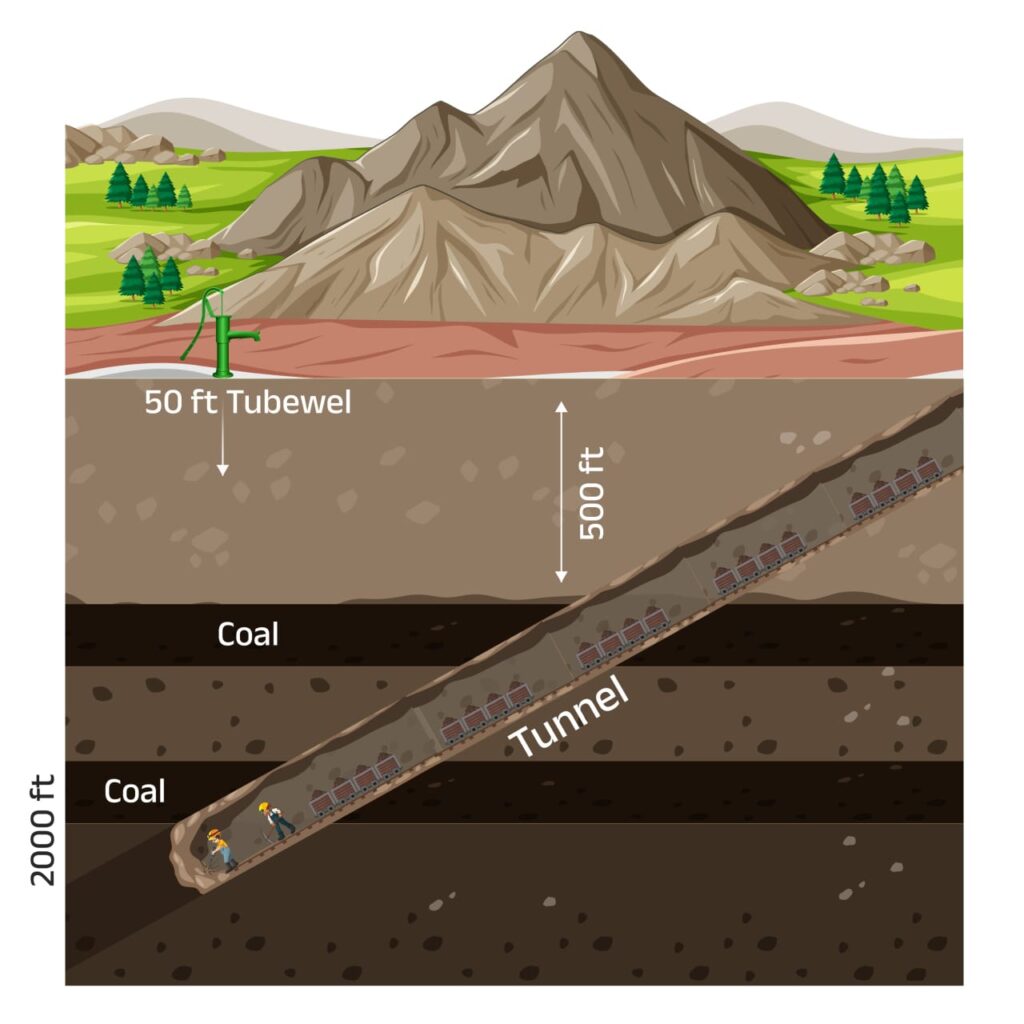Underground Mining Seen as a Sustainable Path to Energy Security and Environmental Protection

Raigarh : As India pushes forward on its path to energy self-reliance, coal continues to play a crucial role in meeting the nation’s growing power demands. In line with this, the Ministry of Coal has begun promoting underground mining as a key alternative to conventional open-cast extraction. The approach, officials say, ensures that ecological balance, agricultural productivity and wildlife habitats are protected while enabling steady coal production.
Surface Ecology and Farmland to Remain Intact
Unlike open-cast mining, underground coal extraction takes place at depths ranging from 500 to 2,000 feet below the surface. This allows the ground cover, vegetation and farmland above to remain undisturbed.
Experts note that farmers will not face any reduction in soil fertility or disruption to traditional crop cycles. The collection of minor forest produce such as mahua and tendu leaves is also expected to continue without hindrance, securing the livelihood of local forest-dependent communities.
Wildlife Habitats Unaffected
Mining operations are often associated with habitat loss and disturbance to wildlife. However, officials emphasize that underground mining avoids clearing surface forests and does not rely on large-scale blasting or heavy machinery above ground. As a result, the movement and habitats of elephants, deer, jackals, birds and other wildlife are expected to remain largely unaffected.
Reduction in Air and Noise Pollution
Compared to open-cast mining—which frequently generates significant dust, smoke and noise—underground mining minimizes surface-level emissions. Since coal extraction and machinery remain below ground, dust dispersion is significantly reduced, leading to improved air quality in nearby villages and forest areas. The reduction in noise pollution also benefits both human and animal populations.
Groundwater and Soil Quality Preserved
Most rural groundwater use occurs at depths of 40–50 feet, while underground mining operations take place far deeper. Officials say that modern filtration systems will purify water extracted during mining, allowing it to be reused by local communities. Meanwhile, as there is no topsoil removal at the surface, soil quality and agricultural productivity remain unaffected.
A Step Toward Sustainable Development
Environmental scientists observe that underground mining aligns with India’s climate goals and commitment to sustainable development. The model demonstrates that industrial growth and environmental protection do not have to be conflicting priorities.
The initiative, they say, reflects a broader policy shift: “Development can progress alongside ecological harmony — not at the cost of it.”







